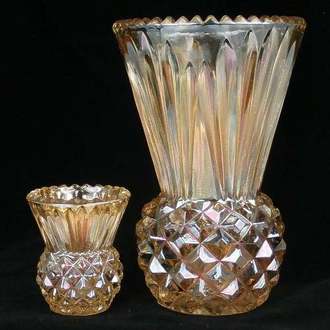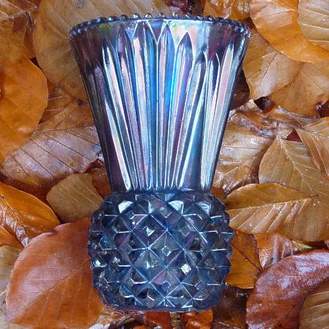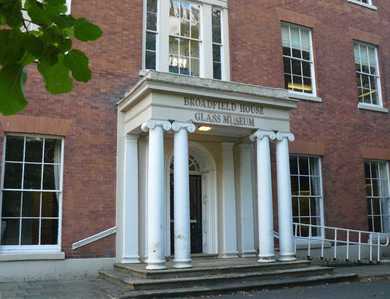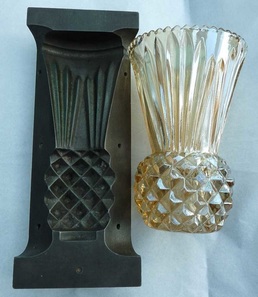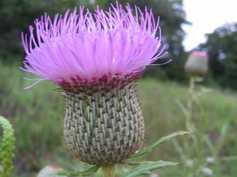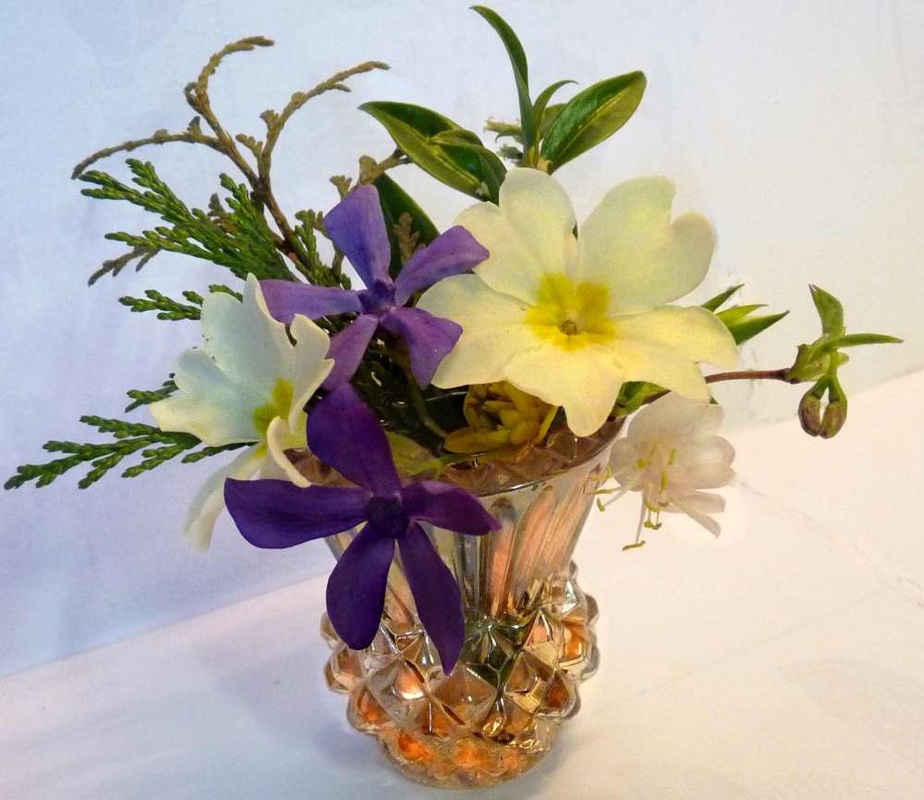Thistle Vase - The Story Behind The Glass
It’s a familiar sight in the UK – a practical-looking vase, around six inches high, with a light golden iridescence that catches the eye because of its unusual shape. It’s a thistle! The bulbous base with its moulded design evokes the lower section of the thistle, while the top part looks like the spiky petals.
What’s the story behind the Thistle Vase?
Let’s begin by turning the clock back to the 1980s. Carnival Glass collector, the late Bob Clements, sourced the actual mould for the Thistle Vase at the glassworks where he had previously worked – the Canning Town Glass Company in London. Bob was able to give the mould to Broadfield House Glass Museum in Stourbridge, for safe keeping in 1985.
What’s the story behind the Thistle Vase?
Let’s begin by turning the clock back to the 1980s. Carnival Glass collector, the late Bob Clements, sourced the actual mould for the Thistle Vase at the glassworks where he had previously worked – the Canning Town Glass Company in London. Bob was able to give the mould to Broadfield House Glass Museum in Stourbridge, for safe keeping in 1985.
Moving on to 2009, we gave a Display and Presentation on Carnival Glass Vases. All Carnival Glass Vases, from every country that made them! It was quite a tall order and by all accounts it was a magnificent show, with Carnival enthusiasts bringing some of the most amazing examples for the Display.
During the weekend, there was also a visit to Broadfield House Glass Museum (**), and we had asked the curator, Roger Dodsworth, if he would be able to put the Canning Town Thistle vase mould on display for us all. He kindly did exactly that, and we were able to examine the mould closely and put our marigold Thistle vase alongside the mould for comparison.
During the weekend, there was also a visit to Broadfield House Glass Museum (**), and we had asked the curator, Roger Dodsworth, if he would be able to put the Canning Town Thistle vase mould on display for us all. He kindly did exactly that, and we were able to examine the mould closely and put our marigold Thistle vase alongside the mould for comparison.
|
The Canning Town Glass Company was predominantly a bottle making works.
Now stop a moment and look at the Thistle Vase. Although it gives the impression of being press moulded, it couldn’t have been. Look at the shape! How was it made? There is no way a plunger could have been used as it couldn’t have been removed. The clue is in the fact that it was made by a bottle making works. Think of a milk bottle (its shape is narrower at the top). The entire process of bottle making is almost fully automated. A feeder separates a stream of molten glass into individual gobs which are then dropped through tubes in a moving track. The gob is shaped into what looks like a short bottle with thick walls and is called aparison. This is transferred to a final mould made of iron, which moves up and clamps around the glass. Air is blown into the glass till it acquires its final, moulded shape at which point the bottle is then released and annealed. The colours in which the Thistle Vase is known are marigold and rare smoke (above, right). The first smoke examples (a pair, in fact) were found by us in the 1980s in Kent. Recently another smoke example has surfaced too. |
Another surprise appears in the sizes. As well as the standard six inch high vase, there is a rare tiny version too, that just manages to stretch up to two and a half inches! It is shown in the picture at the top of the page alongside the larger Thistle Vase for comparison. It makes a great little post vase for spring flowers (on the right).
So far the tiny vase is reported in marigold, but it’s always possible that there’s a smoke one “out there” too.
** Sadly, Broadfield House Glass Museum closed in 2015.
Read more of The Stories Behind The Glass in Carnival Glass Times
